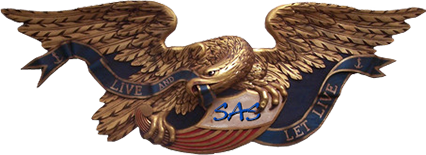- January 25, 2025, 06:17:29 PM
- Welcome, Guest
- Special Aircraft Service >
- the SAS Hangar >
- The Lounge >
- Requests & Ideas >
- Topic: P-70/A-20 Nightfighter
Pages: [1] Go Down
 Author
Topic: P-70/A-20 Nightfighter (Read 2881 times)
Author
Topic: P-70/A-20 Nightfighter (Read 2881 times)
0 Members and 1 Guest are viewing this topic.
Pages: [1] Go Up
- Special Aircraft Service >
- the SAS Hangar >
- The Lounge >
- Requests & Ideas >
- Topic: P-70/A-20 Nightfighter


